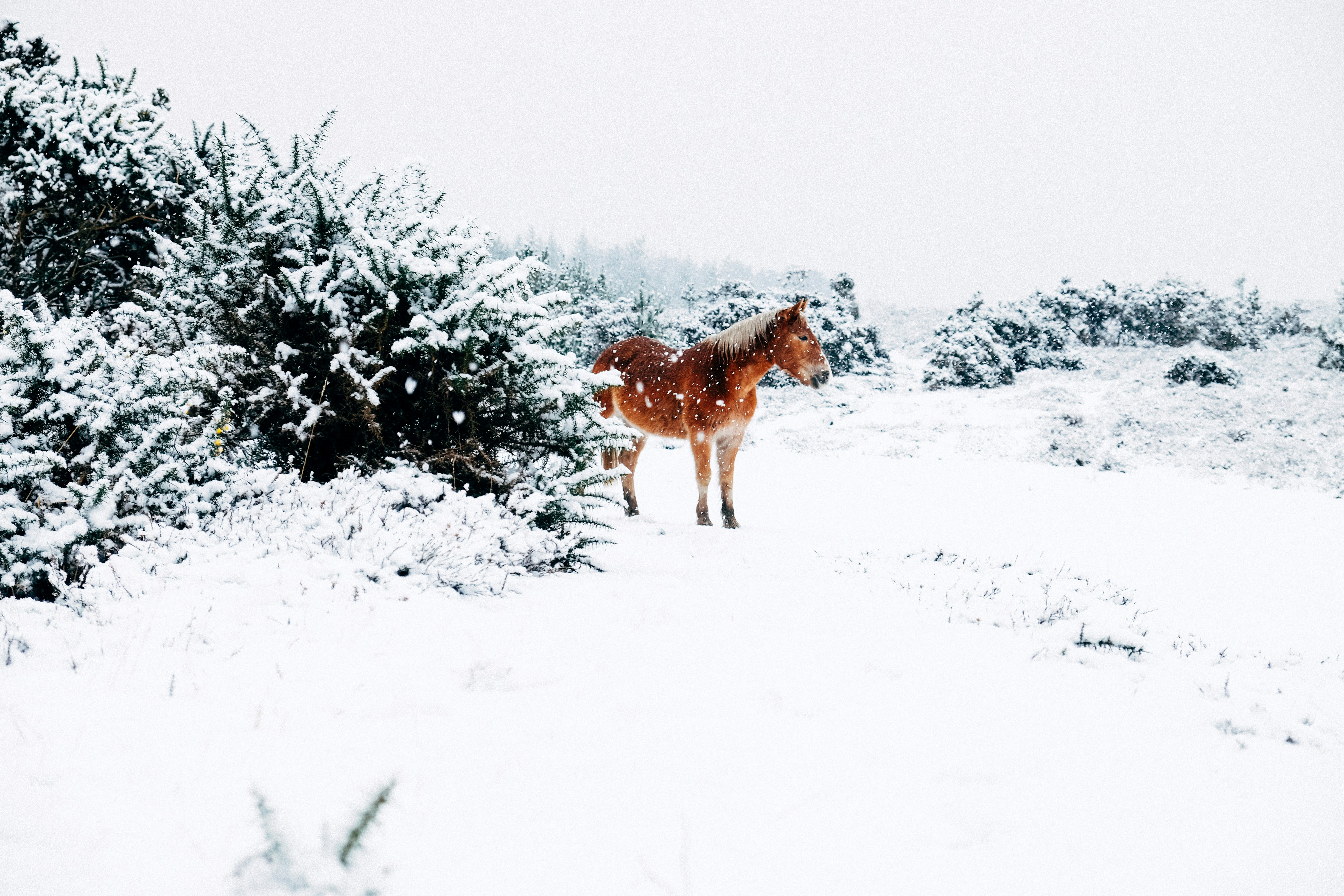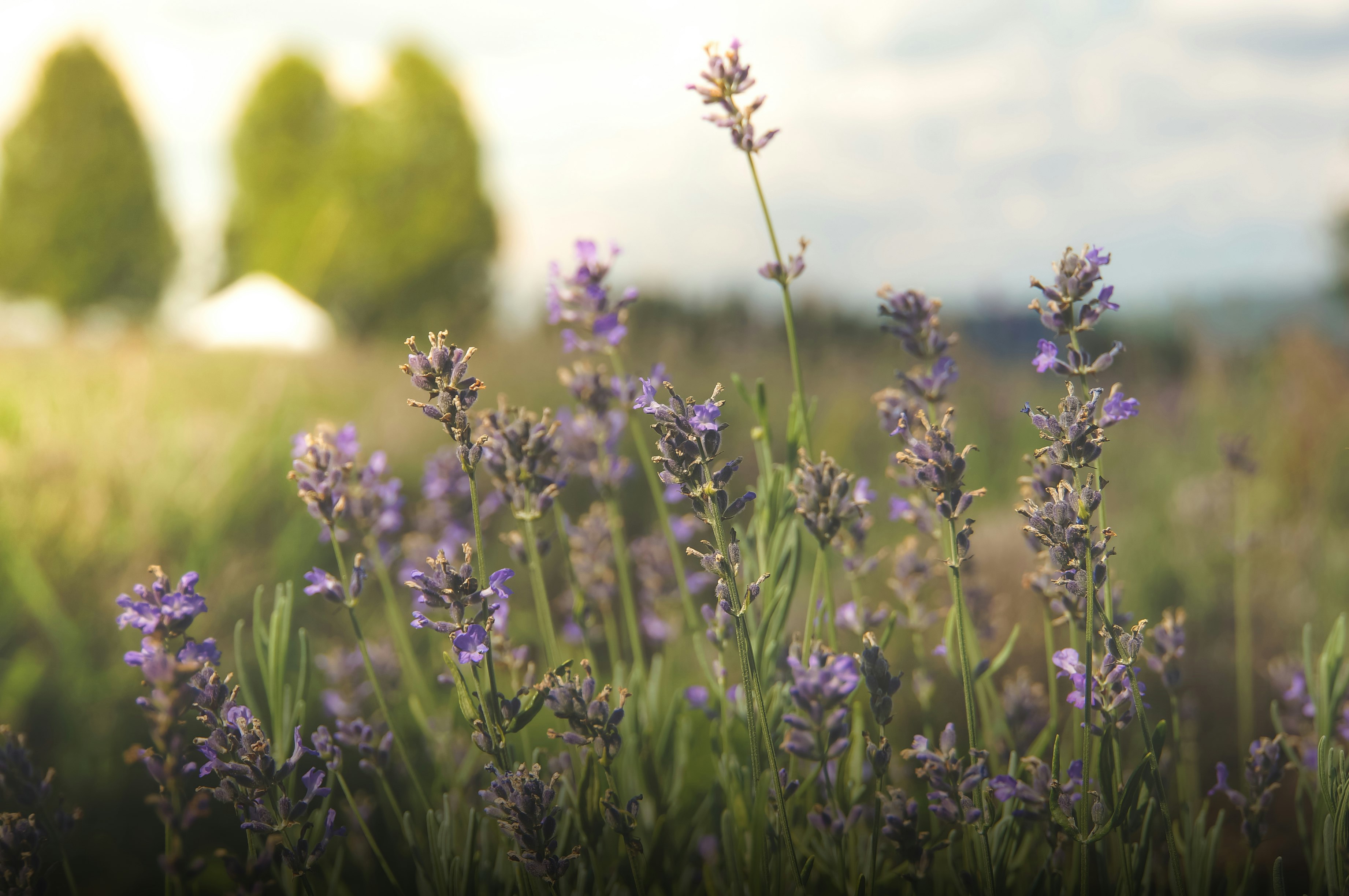In our 3rd grade classroom, we've been working on Information Writing. We haven't been working long but we have done lots of Edcamps and blog posts, etc. so kids have been creating informational pieces all year. In order to help them better craft their writing, we've been learning how important it is for writers to plan. So I've shared my own planning and how sometimes my planning comes after a first draft. Planning is an important piece of revision, I think.
One lesson included sharing a blog post I wrote about a recent hockey game I attended. I shared 3 different drafts of the blog post, explaining how I reflected and planned between drafts to make the piece better.
We've also been looking at mentor texts thinking about what decisions the writer made when creating the piece.(Katharine Hale shared some great student blogs that we used as mentors on her blog.) Whether it is a book, a video, a slide show or a blog post, we have learned that authors of informational writing have lots of planning to do.
These are the questions we've been asking as we look at our own writing and at mentors.
What is your plan for making your writing better?
I can't tell you how happy I was when I received this tweet from one of our amazing Technology Support Teachers, Rhonda Luetje (@RhondaLuetje).
Rhonda had visited our classroom earlier to share the basics of Book Creator. I wanted my kids to have some experience playing with Book Creator before we created informational pieces. I knew some of my kids would want to use Book Creator for some of their informational pieces and Rhonda knows the tool well.
When she visited earlier this year, she shared a book she was creating about the Columbus Zoo. She shared the book which was really just a simple Book Creator demo. It had a few pages and a few features.
But in this tweet, I saw that Rhonda had really revised her book (Hurray! It's a Zoo Day!) and had made lots of decisions as a writer that we'd been talking about. So we studied her new draft and I asked her to come back and visit the classroom.
Rhonda created a piece that she thought could help students see all of the things that were possible in Book Creator. I also saw it as a piece that my 3rd graders could study as writers as they thought about the decisions she made when crafting the piece.
The way that we embedded the talk around the tool inside the conversation about decisions writers make was authentic and helpful to students. The way that Rhonda worked to support writers in writing workshop has been critical. Not all of my students will use Book Creator and that's okay. The conversations we are having are about the writing and the decision-making of writers. Book Creator just happens to be the tool we are using in this case and the tool gives the writer different options and decisions.
If you want to read more about Rhonda's process and her thinking from a technology standpoint, she has a post up about it on her blog today!
One lesson included sharing a blog post I wrote about a recent hockey game I attended. I shared 3 different drafts of the blog post, explaining how I reflected and planned between drafts to make the piece better.
We've also been looking at mentor texts thinking about what decisions the writer made when creating the piece.(Katharine Hale shared some great student blogs that we used as mentors on her blog.) Whether it is a book, a video, a slide show or a blog post, we have learned that authors of informational writing have lots of planning to do.
These are the questions we've been asking as we look at our own writing and at mentors.
What is your plan for making your writing better?
What kind of research will you do next?
How will you keep notes in your research?
How will you share/publish your informational piece?
What tools will you use to create a finished piece?
What visuals will you use or create to help your readers? Why?
Which nonfiction text features will you use to help your readers? Why?
How will you organize your writing to help your readers?
What will your subheadings be?
Will there be any sound or hyperlinks that will help readers understand?
I can't tell you how happy I was when I received this tweet from one of our amazing Technology Support Teachers, Rhonda Luetje (@RhondaLuetje).
Rhonda had visited our classroom earlier to share the basics of Book Creator. I wanted my kids to have some experience playing with Book Creator before we created informational pieces. I knew some of my kids would want to use Book Creator for some of their informational pieces and Rhonda knows the tool well.
When she visited earlier this year, she shared a book she was creating about the Columbus Zoo. She shared the book which was really just a simple Book Creator demo. It had a few pages and a few features.
But in this tweet, I saw that Rhonda had really revised her book (Hurray! It's a Zoo Day!) and had made lots of decisions as a writer that we'd been talking about. So we studied her new draft and I asked her to come back and visit the classroom.
Rhonda created a piece that she thought could help students see all of the things that were possible in Book Creator. I also saw it as a piece that my 3rd graders could study as writers as they thought about the decisions she made when crafting the piece.
The way that we embedded the talk around the tool inside the conversation about decisions writers make was authentic and helpful to students. The way that Rhonda worked to support writers in writing workshop has been critical. Not all of my students will use Book Creator and that's okay. The conversations we are having are about the writing and the decision-making of writers. Book Creator just happens to be the tool we are using in this case and the tool gives the writer different options and decisions.
If you want to read more about Rhonda's process and her thinking from a technology standpoint, she has a post up about it on her blog today!








